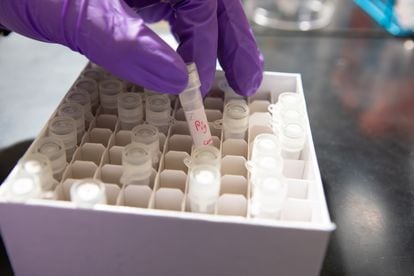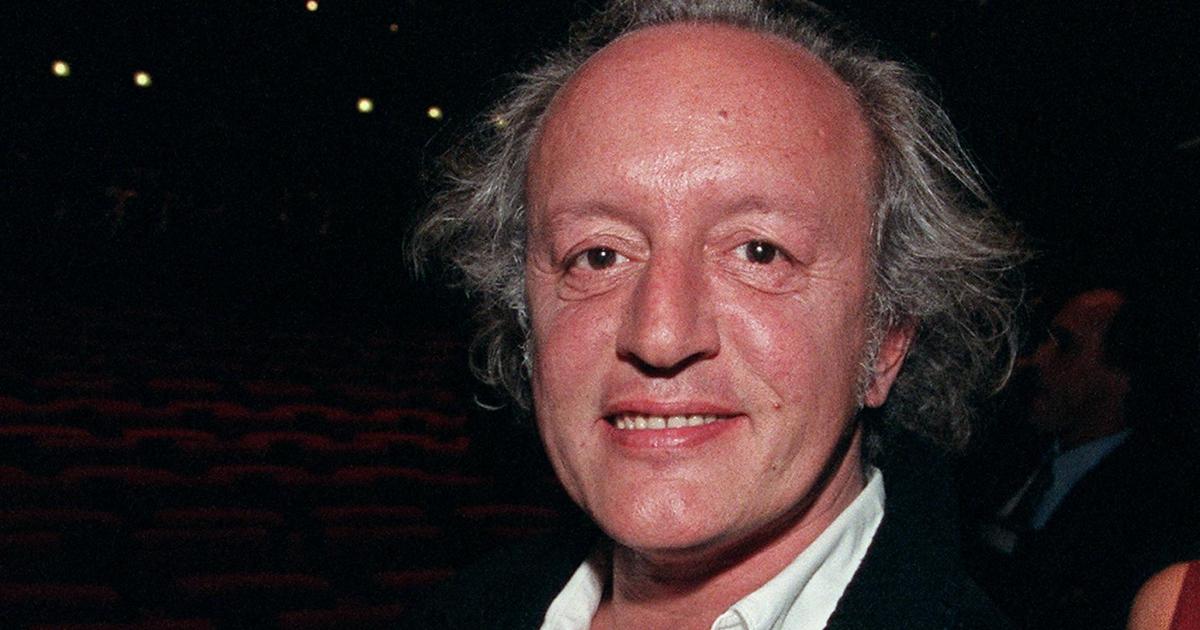Without mucus, life would be very complicated, if not impossible.
This viscous substance prevents snails and many other animals from drying out.
the
mucus
of the skin of many fish is their main protection against external threats.
In mammals, this kind of plasma lubricates and protects the walls of the heart, lungs, stomach... In humans, the mucus serves to facilitate the transit of food as well as as a barrier against viruses.
Its functions are so many and so important that it was assumed that the genes that expressed the proteins responsible for secreting it (the mucins) were already there when the different species began to diverge millions of years ago.
However, US researchers have found that some mucins have evolved in different species from different proteins that didn't know how to make mucus.
They would have discovered, therefore, one of the rare mechanisms of convergent evolution in parallel.
During their investigations, Stefan Ruhl and his colleagues observed something unexpected.
Ruhl is a professor of oral biology at the University of Buffalo (United States) and one of the authors of the discovery of these new mucins, published in the scientific journal
Science Advances
.
In his laboratory they study the complex interactions between saliva, bacteria and their impact on teeth.
Saliva is almost all water, but it is also mucus.
Among the 309 different proteins present in the salivary fluid, two types of defending mucins stand out.
Due to their composition and morphology, they bind to viruses and bacteria, neutralizing them, thus protecting against caries.
In addition, they facilitate the transit of food.
"We were interested in a human mucin called
MUC7
, because it interacts with many bacterial species in the mouth," says Ruhl.
Biologists from his university told him that the mice lacked this protein and the gene that expresses it.
Rodents also have tongues, salivary glands and their own saliva, but their way of obtaining it turns out to be different.
“We found that a strikingly similar gene has evolved independently (ie, convergently) in mice and that it encodes a very similar protein [
Muc10
],” he adds.
Ruhl and his colleague Omer Gokcumen, a professor of Biological Sciences at the same university and co-author of the study, were intrigued and decided to investigate further.
They wanted to know if it was something unique, an exception, or if it was a mechanism that evolution uses more often to create mucins.
“Our new discovery was that this is a fairly common mechanism.
We also found that certain groups of genes seem to serve as the origin or preferred
cradles
for these orphan mucins”, explains the researcher.
"Our new discovery was that this is a fairly common mechanism."
Stefan Ruhl, Professor of Biological Sciences at the University of Buffalo, United States
The mystery of orphan mucins
By orphans, the researchers refer to proteins expressed by genes that do not come from the same common ancestor.
In theory and logically, most genes with similar functions come from the duplication of an ancestral gene, and this is the case with most of the mucins known to date.
Gokcumen explains: “An existing gene is duplicated while preserving its original functions.
The duplicate copy then acquires new mutations that fine-tune its function in a new way.
For example, the roughly 1,000 olfactory receptor genes, which help us perceive different smells, are copies of each other."
They share the same structure and function, with the exception of small changes in the receiving part that allow them to distinguish between aromas.
But there are some mucins, the orphans, that do not fit this scenario.
After comparing the genome of 45 mammalian species, the team led by Ruhl and Gokcumen has identified 28 possible mucins that would have gained their new function in different evolutionary events.
To identify them, the researchers started from the already known mucins.
The characteristic that best defines them is that they are composed of a series of three amino acids (the molecules that make up proteins) covered with sugars that are repeated.
These series are known as PTS repeats, short for amino acids.
In the case of human and mouse buccal mucins, their genetic sequence is not similar enough to bet on a common ancestor.
Vials containing saliva from various species of mammals tested in the study. Douglas Levere University at Buffalo
“A protein that is not a mucin becomes a mucin simply by getting repeats.
This is a relevant mechanism with which evolution creates slimes.
It's an evolutionary trick, and now we document this happening over and over again,” Gokcumen says in a university note of his.
In an email he gives an example of two of the species analyzed to highlight the impact of this process: “The same ancestral protein, PROL1, has gained the function of mucin in both rhinos and mice.
The same gene (among tens of thousands) has undergone a
mucinization
process in two independent lineages. What possibilities were there?
This means that this gene may be predisposed to gain the function of a mucin”.
These are the cribs that Ruhl was talking about.
Genes and pangolins
These genes predisposed to gain a new function would be, according to the authors of the study, those that express proteins rich in the amino acids behind the acronym PTS, proline, threonine and serine.
This is the case of the gene mentioned in the previous paragraph, PROL1.
In humans it does not have mucin functions, it is involved in the creation of tears.
In rodents, the mucin Muc10 has the PROL1 gene as a precursor, it is expressed in saliva, but not in lacrimal glands.
Another even more striking example has the strange pangolin as its protagonist.
They identified two new mucins in their genome that show homology (sequence similarity) with two human genes, one of which is, again, PROL1.
One difference from humans is that they have gained PTS repeats at the ends of their sequences.
It is not known what these mucins do, but the pangolin's saliva is pure mucus, as sticky as that of the anteater.
For decades it was believed that pangolins and anteaters were genetically related.
Today they are considered one more example of evolutionary convergence.
Something similar happens at the genetic level with mucus.
The lead author of the study is Petar Pajic, a doctoral student with Gokcumen.
In a note from his university, he maintains that what they have discovered could go beyond the 28 possible new mucins: “If these mucins keep evolving from proteins that are not mucins over and over again in different species and at different times, this it suggests that there is some kind of adaptive pressure that makes them beneficial.”
But on the other hand, he adds: "If this mechanism goes off the rails, happening too much or in the wrong tissue, then it could lead to diseases, such as certain cancers or mucosal diseases."
His teacher, Gokcumen, concludes convinced: "
Mucinization
it happens to the mucins.
But a similar repeat-related gain of function may occur in other genes with unknown functional consequences."
You can follow
MATERIA
on
,
and
, or sign up here to receive
our weekly newsletter
.





/cloudfront-eu-central-1.images.arcpublishing.com/prisa/ZUQZWVIIFJBVBIC3WEJ4LBUFDM.jpg)



